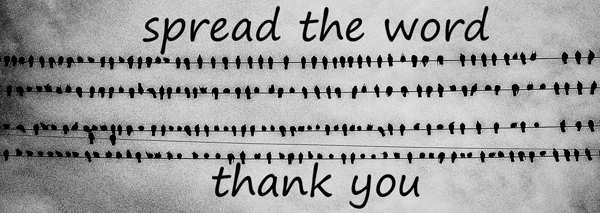
| WELCOME |
 |

comments, ephemera, speculation, etc. (protected political speech and personal opinion) 2021- 2021-02-04 d CLIMATE OF FEAR - Ice Ages Name Period (MYA) Period Era Quaternary 2.588 – now Quaternary Cenozoic Karoo 360 – 260 Carboniferous and Permian Paleozoic Andean-Saharan 450 – 420 Ordovician and Silurian Paleozoic Cryogenian 850 – 635 Cryogenian Neoproterozoic (or Sturtian-Varangian) Huronian 2400 – 2100 Siderian and Rhyacian Paleoproterozoic Late Quaternary
Since the ice sheets of the Wisconsin Glaciation retreated from North America, the climate of this planet has been characterized by alternating warming periods and cooling periods. Most recently, we have recorded the Little Ice Age (ca 1650 to 1850) and the Modern Warm Period (ca 1850 to 1998). On a longer time scale, we are in the midst of the Pleistocene Ice Age. It began approximately 2,588,000 years ago when the Isthmus of Panama was formed by plate tectonics, closing the Interamerican Seaway connecting the Atlantic and the Pacific. This disruption of oceanic currents was apparently the precipitating event. The Pleistocene has been characterized by long glacial periods with extensive ice sheets and short interglacials when warming occurred and the ice sheets retreated. It has been suggested the Pleistocene will continue so long as the Isthmus of Panama blocks substantial circulation between the Atlantic and the Pacific. The Isthmus will eventually disintegrate into islands and ultimately disappear as the Nazca, Cocos and North American plates continue their motions. We do not know if the Panamanians would consent to thermonuclear devices placed at depth being used to remove the Isthmus to end the cycle of glaciation. Evidence from ice cores and ocean sediments shows those cycles of cooling and warming. Throughout the Pleistocene, the glacial periods account for 90% of the time. The interglacials occupy only 10% of those 2,588,000 years. We are in the later stages of an interglacial period that, by some accounts, began about 11,700 years ago (or longer if it actually began before the Younger Dryas). This interglacial, called the Holocene, has been good for the advancement of human civilizations. The most recent glaciation is known as Wuerm (Würm)/Weichselian/Wisconsin glaciation. The Würm glaciation (German: Würm-Kaltzeit or Würm-Glazial or Würmeiszeit or Würmzeit); refers to the same glacial period in the Alps. That glacial period in Northern Europe is called the Weichselian glaciation or Weichselian ice age (German: Weichsel-Eiszeit), Vistulian glaciation, Weichsel or Weichsel-Kaltzeit, Weichsel-Glazial, or Weichsel-Komplex). In the British Isles, it is the Devensian glaciation. In North America, we call it the Wisconsin glaciation. The interglacial before the Würmrm/Weichselian/Wisconsin glaciation, is named the Eemian (MIS 5). It occurred ca. 131,400 years BP, and lasted about 16,000 years. It was warmer than the Holocene. ______________________ Permission is hereby granted to any and all to copy and paste any entry on this page and convey it electronically along with its URL, ______________________ |
...
News and facts for
those sick and tired of the National Propaganda Radio
version of reality.
|
|||||
|

| If
you let them redefine words, they will control
language. If you let them control language, they will control thoughts. If you let them control thoughts, they will control you. They will own you. |
| © 2020 - 2021 - thenotimes.com - All Rights Reserved |